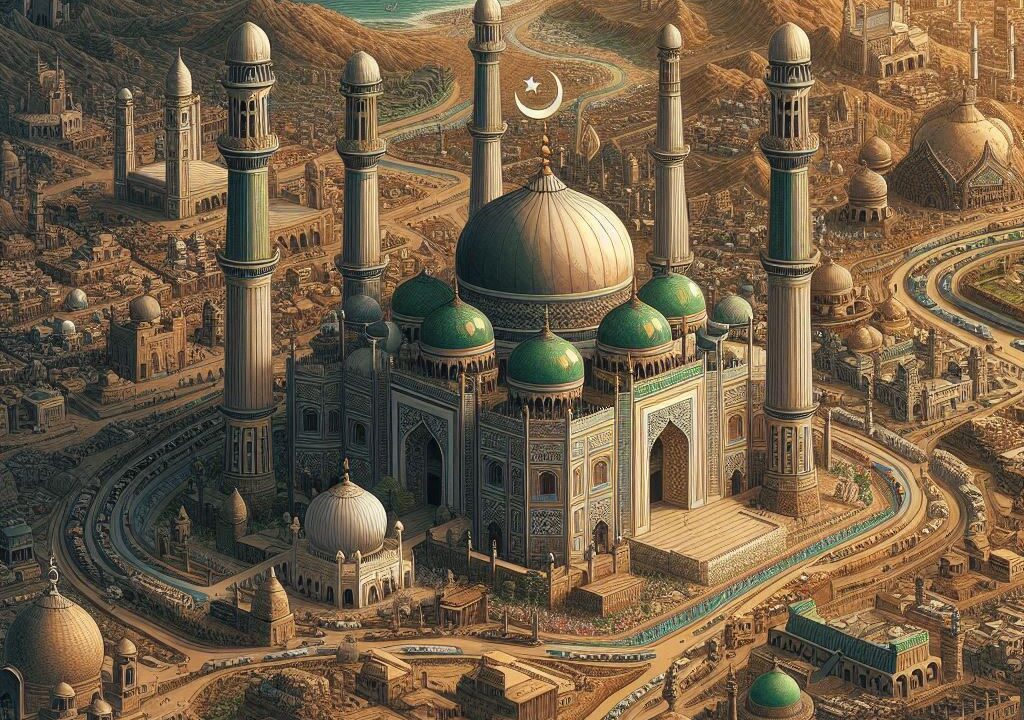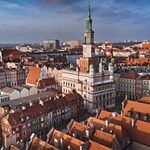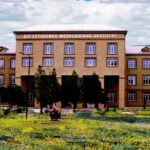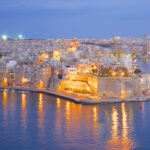Pakistan, officially known as the Islamic Republic of Pakistan, is a country located in South Asia. It has a rich history, diverse geography, complex political landscape, dynamic economy, and unique cultural heritage. This article explores the various facets of Pakistan, covering its geography, politics, economy, population, religion, and culture.
Geography
Pakistan is strategically located in South Asia, sharing borders with India to the east, Afghanistan and Iran to the west, China to the north, and the Arabian Sea to the south. The country spans approximately 881,913 square kilometers, making it the 33rd largest country in the world.
Pakistan’s diverse geography includes:
- Mountain Ranges: The northern regions are home to some of the highest peaks in the world, including K2 (Mount Godwin-Austen), the second-highest mountain after Mount Everest. The Karakoram, Hindu Kush, and Himalaya ranges dominate this part of Pakistan.
- Plains and Deserts: The fertile plains of the Indus River are in the eastern part of the country, known for their agricultural productivity. In contrast, the Thar Desert, one of the largest in the world, is located in the southeastern region.
- Coastline: Pakistan has a coastline along the Arabian Sea, approximately 1,046 kilometers long, which supports its fishing industry and hosts major ports like Karachi and Gwadar.
- Rivers: The Indus River is the lifeblood of Pakistan, running from the Himalayas through the length of the country and providing water for agriculture and industry.
For more information, you can speak to Happy Face
Politics
Pakistan’s political system is a federal parliamentary republic, with three branches of government: the executive, the legislature, and the judiciary.
- Government Structure: The President serves as the ceremonial head of state, while the Prime Minister is the head of government and holds executive powers. Pakistan has a bicameral legislature, consisting of the National Assembly (lower house) and the Senate (upper house).
- Constitution: The Constitution of Pakistan, adopted in 1973, serves as the foundation of the country’s legal framework. It guarantees fundamental rights, including freedom of speech and religion, and defines Pakistan as an Islamic republic.
- Political Parties: Pakistan has a multi-party system, with key political parties including Pakistan Tehreek-e-Insaf (PTI), Pakistan Muslim League-Nawaz (PML-N), and Pakistan Peoples Party (PPP). Political power often shifts between these parties.
- Military’s Role: The military has played a significant role in Pakistan’s politics, with several instances of military coups. While democratic governance has prevailed in recent years, the military remains influential in key areas, including national security and foreign policy.
Economy
Pakistan has a mixed economy, with agriculture, industry, and services sectors all contributing to its GDP.
- Agriculture: Agriculture is the backbone of Pakistan’s economy, employing around 40% of the labor force. Key crops include wheat, rice, sugarcane, and cotton. The country is also one of the largest producers of dairy and livestock.
- Industry: Pakistan’s industrial sector includes textiles, cement, chemicals, steel, and automobiles. The textile industry, in particular, is a major contributor to exports and employs millions of people.
- Services: The services sector, including finance, telecommunications, and IT, has seen significant growth in recent years. Pakistan’s IT sector, in particular, is emerging as a key player in the global software and outsourcing market.
- Trade and Exports: Pakistan exports textiles, rice, leather goods, and sporting goods. Major trading partners include the United States, China, the United Arab Emirates, and European Union countries.
- Challenges: Pakistan’s economy faces several challenges, including inflation, unemployment, and a large informal sector. External debt and fiscal deficits have also put pressure on the country’s financial stability.
For more information, you can speak to Happy Face
Population
As of 2024, Pakistan has a population of approximately 240 million people, making it the fifth most populous country in the world.
- Demographics: The majority of Pakistanis are ethnically diverse, including Punjabis, Pashtuns, Sindhis, and Baloch. Urbanization is rapidly increasing, with major cities like Karachi, Lahore, and Islamabad experiencing significant population growth.
- Languages: Pakistan is a multilingual country. Urdu is the national language, while English is widely used for official and business purposes. Regional languages like Punjabi, Sindhi, Pashto, and Balochi are spoken in different provinces.
- Population Growth: Pakistan has one of the highest population growth rates in the world, which puts pressure on resources like education, healthcare, and infrastructure.
Religion
Pakistan is an Islamic republic, with Islam as the state religion. Approximately 96% of Pakistan’s population is Muslim, with the majority adhering to Sunni Islam, while a smaller percentage follow Shia Islam.
- Religious Minorities: Although Pakistan is predominantly Muslim, religious minorities, including Christians, Hindus, and Sikhs, make up around 4% of the population. The government officially recognizes religious freedoms, but minority communities sometimes face challenges.
- Role of Islam in Society: Islam plays a central role in the social, political, and cultural life of Pakistan. Islamic values influence the legal system, education, and family life. Islamic holidays, such as Eid-ul-Fitr and Eid-ul-Adha, are widely celebrated across the country.
- Sufism: Sufism, a mystical form of Islam, has deep roots in Pakistan. Shrines of Sufi saints, such as those in Lahore and Multan, attract millions of devotees and are important centers of spiritual life.
For more information, you can speak to Happy Face
Culture
Pakistan’s culture is a rich tapestry of traditions, art, music, cuisine, and festivals, influenced by its historical roots, diverse ethnic groups, and Islamic heritage.
- Art and Architecture: Pakistan’s cultural history is reflected in its architecture, including ancient sites like Mohenjo-Daro and Harappa, Mughal monuments like the Badshahi Mosque and Lahore Fort, and modern buildings like Faisal Mosque in Islamabad. Pakistani artists are also known for their contributions to calligraphy, painting, and contemporary art.
- Music and Dance: Music is an integral part of Pakistani culture, with classical genres like Qawwali (a form of Sufi devotional music) and Ghazal, as well as folk music from various regions. Modern pop and rock music are also popular, with bands like Junoon and singers like Nusrat Fateh Ali Khan achieving international fame.
- Cuisine: Pakistani cuisine is known for its rich flavors and spices. Popular dishes include biryani, kebabs, nihari, and various forms of bread like naan and roti. Tea (chai) is a staple drink, and sweets like gulab jamun and jalebi are commonly served at celebrations.
- Festivals: Major festivals in Pakistan include Islamic holidays such as Eid-ul-Fitr and Eid-ul-Adha, as well as regional festivals like Basant (celebrated in Punjab) and Shandur Polo Festival (celebrated in the northern regions). Pakistan’s Independence Day, celebrated on August 14, is a national holiday marked by patriotic events and flag-raising ceremonies.
For more information, you can speak to Happy Face
Pakistan is a country with a rich blend of geography, politics, economy, population, religion, and culture. Its strategic location, diverse landscape, and dynamic people make it a country of both historical significance and modern challenges. While Pakistan faces hurdles in terms of political stability, economic development, and population growth, its cultural heritage and potential for growth remain strong, making it a significant player on the global stage.
RELATED ARTICLES:
UAE VISA FOR PAKISTANI NATIONALS
UAE VISA FOR PAKISTANI OPEN OR NOT
All You Need To Know About The UAE Visit Visa
UAE Job Seekers Visa: Everything You Need To Know
HOW TO CHECK UAE VISA STATUS ONLINE BY PASSPORT
UAE VISA IS VALID FOR WHICH COUNTRIES
UAE EMPLOYMENT VISA REQUIREMENTS
UAE VISA APPLICATION FORM ONLINE
UAE VISA FOR AFGHAN NATIONALS 2024








